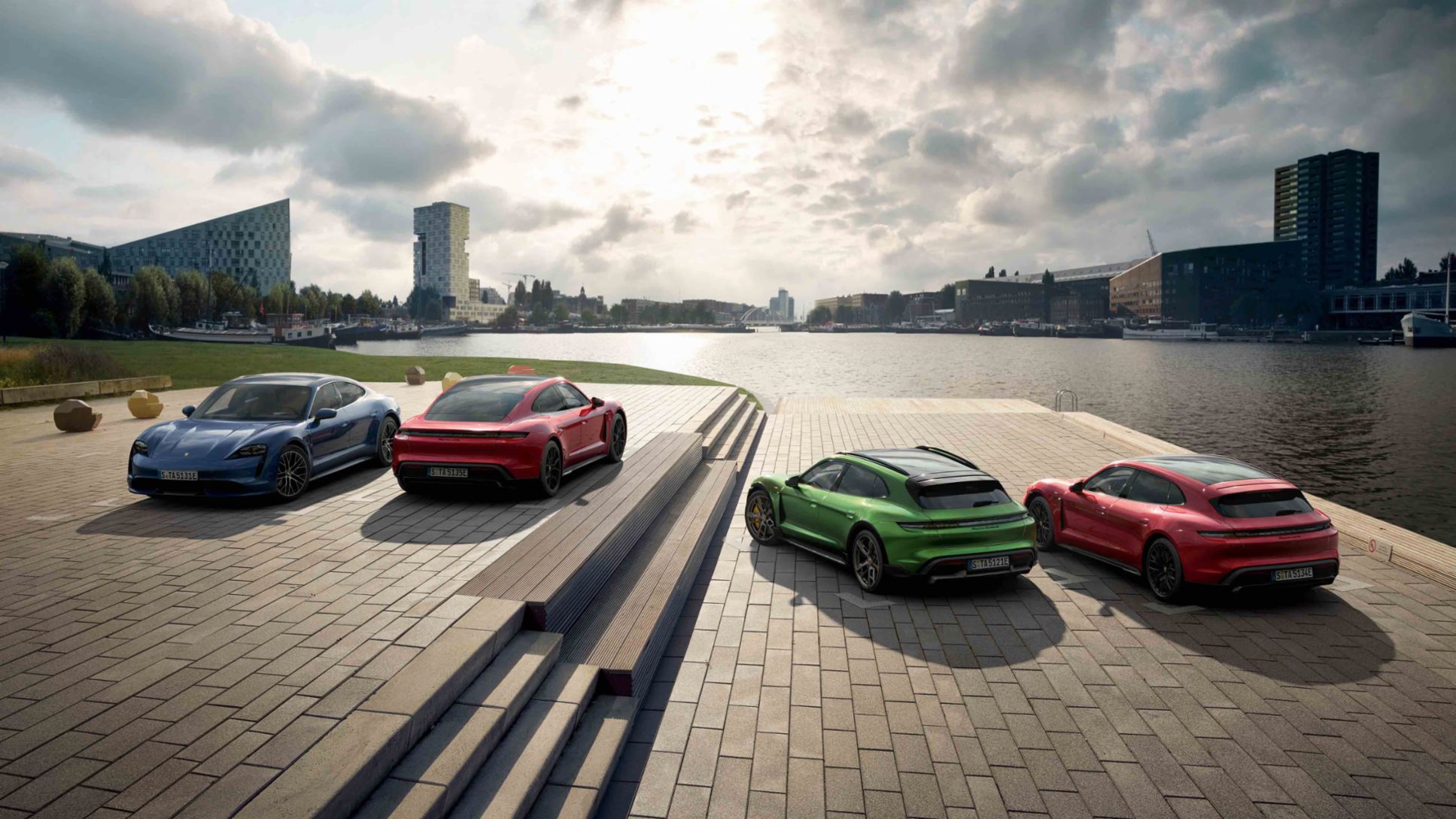The sports car manufacturer delivered a total of 320,221 cars over the past 12 months. That’s three per cent more than in 2022. “Even in times of global economic uncertainty, our brand remains desirable and exclusive,” says Detlev von Platen, Member of the Executive Board for Sales and Marketing at Porsche AG. “Last year we benefited in particular from Porsche’s very balanced position in its largest sales regions. We will continue to optimise this harmonious market distribution.”

Further growth of Overseas sales region
In Europe (excluding Germany), Porsche delivered 70,229 cars last year. This is 12 per cent more than in 2022. In its home market of Germany, 32,430 customers took delivery of new cars – an increase of 10 per cent. North America posted 86,059 deliveries (+9 per cent), making it the largest sales region for Porsche in 2023. In China, the keys to 79,283 cars were handed to customers (-15 per cent). The decline here was mainly due to the ongoing challenging economic situation in the region. The Overseas and Emerging Markets sales region continues to develop positively with an increase in deliveries of 16 per cent. In total, 52,220 cars were delivered to customers there last year.
The 911 is one of the most popular models
The Porsche 911 recorded the largest increase of all model lines in 2023, with an increase of 24 per cent. The 911 was delivered to 50,146 customers worldwide. The Taycan also posted double-digit gains, with 40,629 customers taking delivery of their new car (+17 per cent).
The model with the highest number of deliveries was the Cayenne. Examples of the SUV were delivered to 87,553 customers last year (-8 per cent). The decline compared to 2022 can be explained by the model change – including the staggered launch of the new generation worldwide since the market launch in April, as well as a software update for the hybrid models to ensure the best possible quality. The Porsche Macan was delivered to 87,355 customers and thereby remains at the previous year’s level. In the last year of its life cycle, the outgoing generation of the Panamera posted 34,020 deliveries. The new generation of the luxury sedan, which celebrated its premiere in November, will be available to customers from 2024. The 718 Boxster and 718 Cayman models posted 20,518 deliveries (+13 per cent).
Looking ahead at 2024, von Platen expects a challenging year: “We’re laying the groundwork for the future and are updating four out of six model series – that’s more product launches with staggered deployments than ever before in a single year.” The Board Member for Sales and Marketing also expects market conditions in China to remain challenging. “It is therefore important that we continue to balance our sales structure and strengthen our overseas regions, particularly in the ASEAN markets. In 2024 we will focus more than ever on value-oriented growth and a stable sales level.”
|
Porsche AG |
January – December | ||
| 2022 | 2023 | Difference | |
| Worldwide | 309,884 | 320,221 | +3% |
| Germany | 29,512 | 32,430 | +10% |
| North America | 79,260 | 86,059 | +9% |
| China | 93,286 | 79,283 | -15% |
| Europa (excluding Germany) | 62,685 | 70,229 | +12% |
| Overseas and Emerging Markets | 45,141 | 52,220 | +16% |
Disclaimer
This press release contains forward-looking statements and information on the currently expected business development of Porsche AG. These statements are subject to risks and uncertainties. They are based on assumptions about the development of economic, political and legal conditions in individual countries, economic regions and markets, in particular for the automotive industry, which we have made based on the information available to us and which we consider to be realistic at the time of publication. If any of these or other risks materialise, or if the assumptions underlying these statements prove incorrect, the actual results could be significantly different from those expressed or implied by such statements. Forward-looking statements in this presentation are based solely on the information pertaining on the day of publication.
These forward-looking statements will not be updated later. Such statements are valid on the day of publication and may be overtaken by later events.
This information does not constitute an offer to exchange or sell or offer to exchange or purchase securities.

